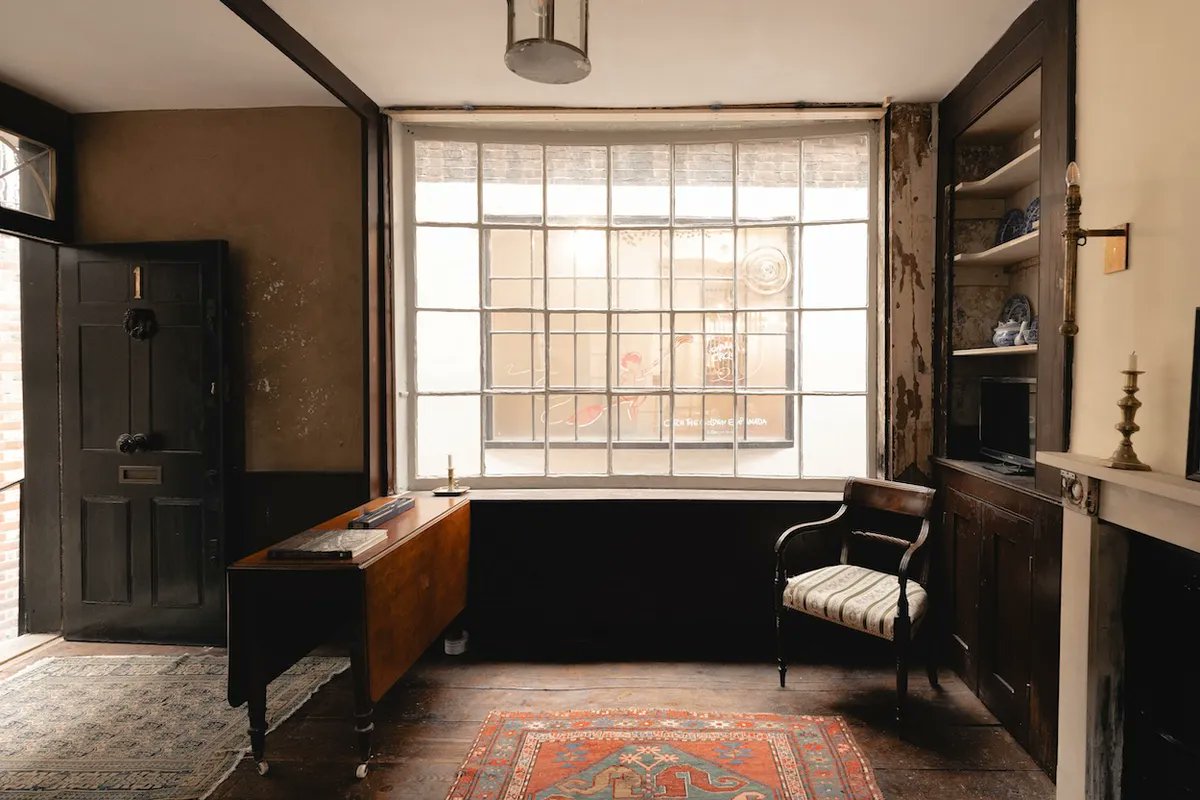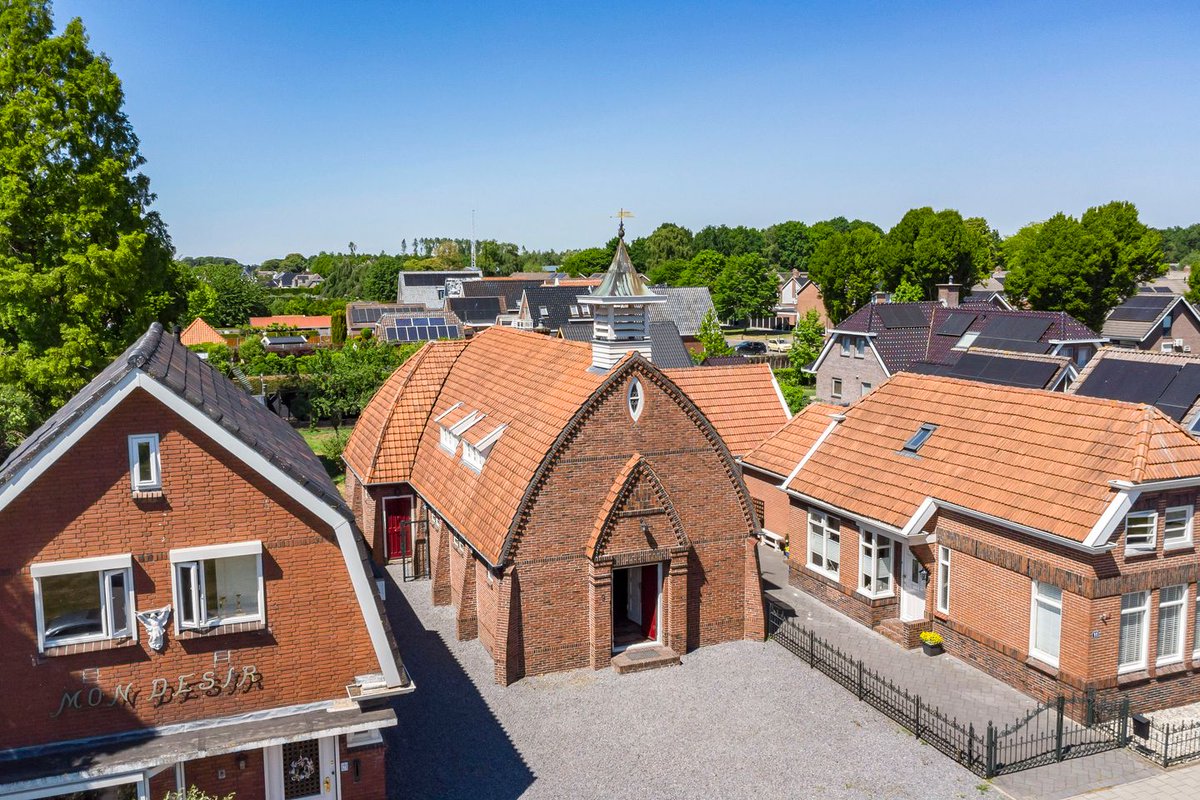The news lately saddens and angers me.
Child refugees are on my mind today, hence this thread.
In 1945 Dutch child refugees arrived in the UK after living through the infamous Hungerwinter.
All pics; © IWM
Undernourished boys carrying all their luggage in a paper parcel.
Child refugees are on my mind today, hence this thread.
In 1945 Dutch child refugees arrived in the UK after living through the infamous Hungerwinter.
All pics; © IWM
Undernourished boys carrying all their luggage in a paper parcel.

Dutch refugee children crowd to look over the side of the ship as it berths, upon arrival in Britain, at Tilbury docks. 

A Dutch school teacher leads a group of refugee children away from the ship upon which they have just arrived. They have berthed at Tilbury Docks in Essex, and will be taken to a rest centre, before onward transport to a hostel. 

At a rest centre in Tilbury, a newly-arrived Dutch refugee has her knee dressed by her teacher. According to the original caption, she bruised her knee whilst on board the ship. 

A small Dutch boy smiles for the camera upon arrival at Tilbury in Essex. He is carrying a small paper parcel under his arm, which contains all his luggage. He, and the other children all have labels pinned to their coats which bear their names, home address and destination. 

Upon arrival at Tilbury docks, a group of young Dutch refugee children wait on the quayside. Some of the children look quite worried. The original caption states that the smallest boy in the photograph is 7-year-old Fritsje, and he is one of the youngest of the refugees. 

View of the festivities as Dutch children sit at rows of tables to enjoy a feast in the evening before they leave Warmsworth Camp.
The Dutch principal, leaders and English staff have saved all kinds of delicacies for this meal so that the children would have something to remember
The Dutch principal, leaders and English staff have saved all kinds of delicacies for this meal so that the children would have something to remember

At a rest centre in Tilbury, a group of Dutch refugee children enjoy a second breakfast. Two boys are holding up a large flag which has the name of their village on it: Breda. 

Young Dutch boys at play in their dormitory just before bed time at Warmsworth Camp, near Doncaster, Yorkshire. Some of the boys have shinned up the central poles of the Nissen hut in which they are staying. 

Excited Dutch children with kitbags and wearing labels wait for a coach.
The children had been in England for two months. They were leaving the camp, after a day of celebrations, to live as guests in the homes of private families.
All pictures; © IWM
iwm.org.uk
The children had been in England for two months. They were leaving the camp, after a day of celebrations, to live as guests in the homes of private families.
All pictures; © IWM
iwm.org.uk

I didn't think this needed clarification but just in case; I used the original IWM description of the photos, so even though they were called refugees then they're technically not refugees in the modern sense.
They were on a temporary visit to recuperate from war & famine.

They were on a temporary visit to recuperate from war & famine.


• • •
Missing some Tweet in this thread? You can try to
force a refresh



























